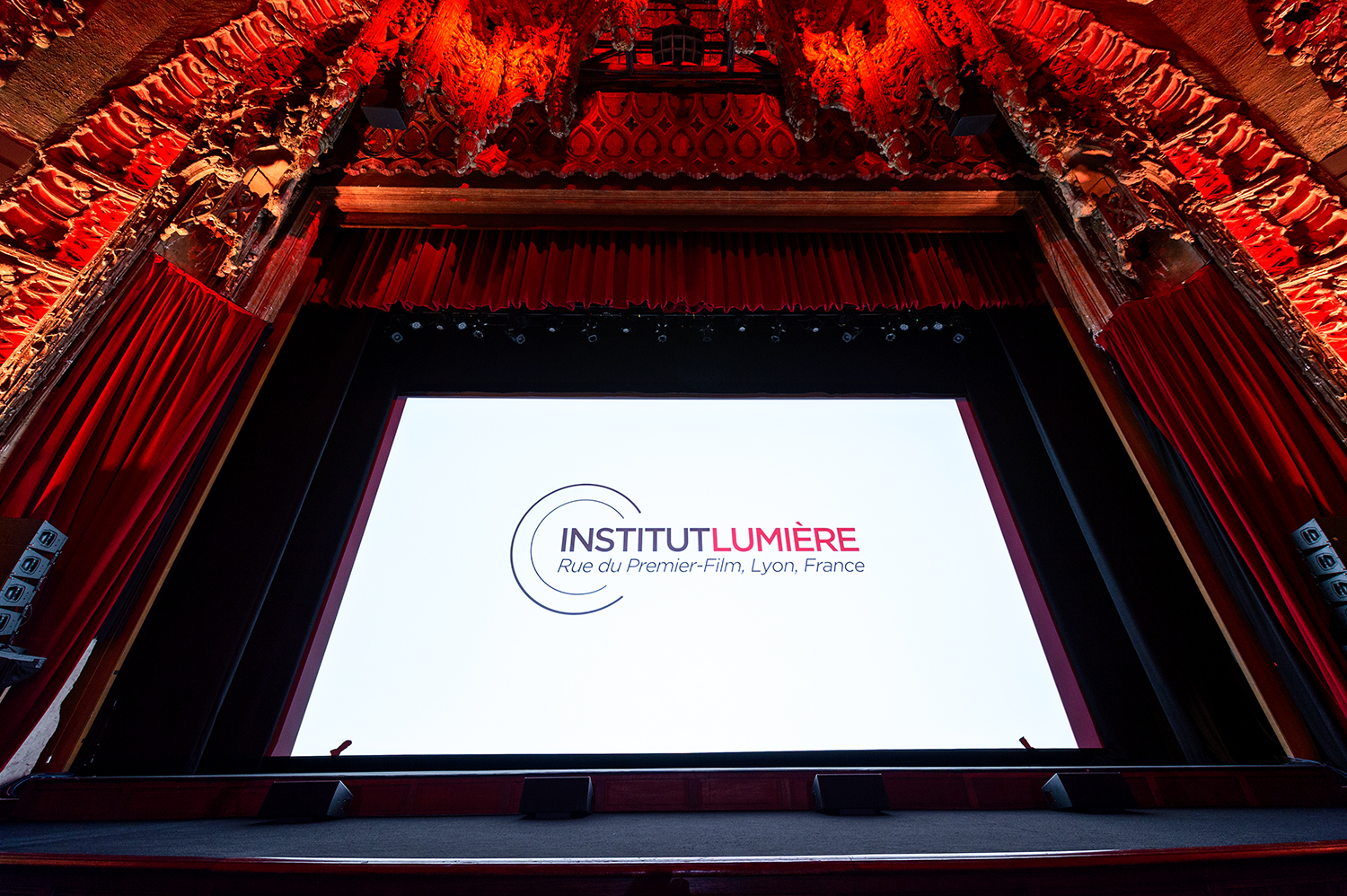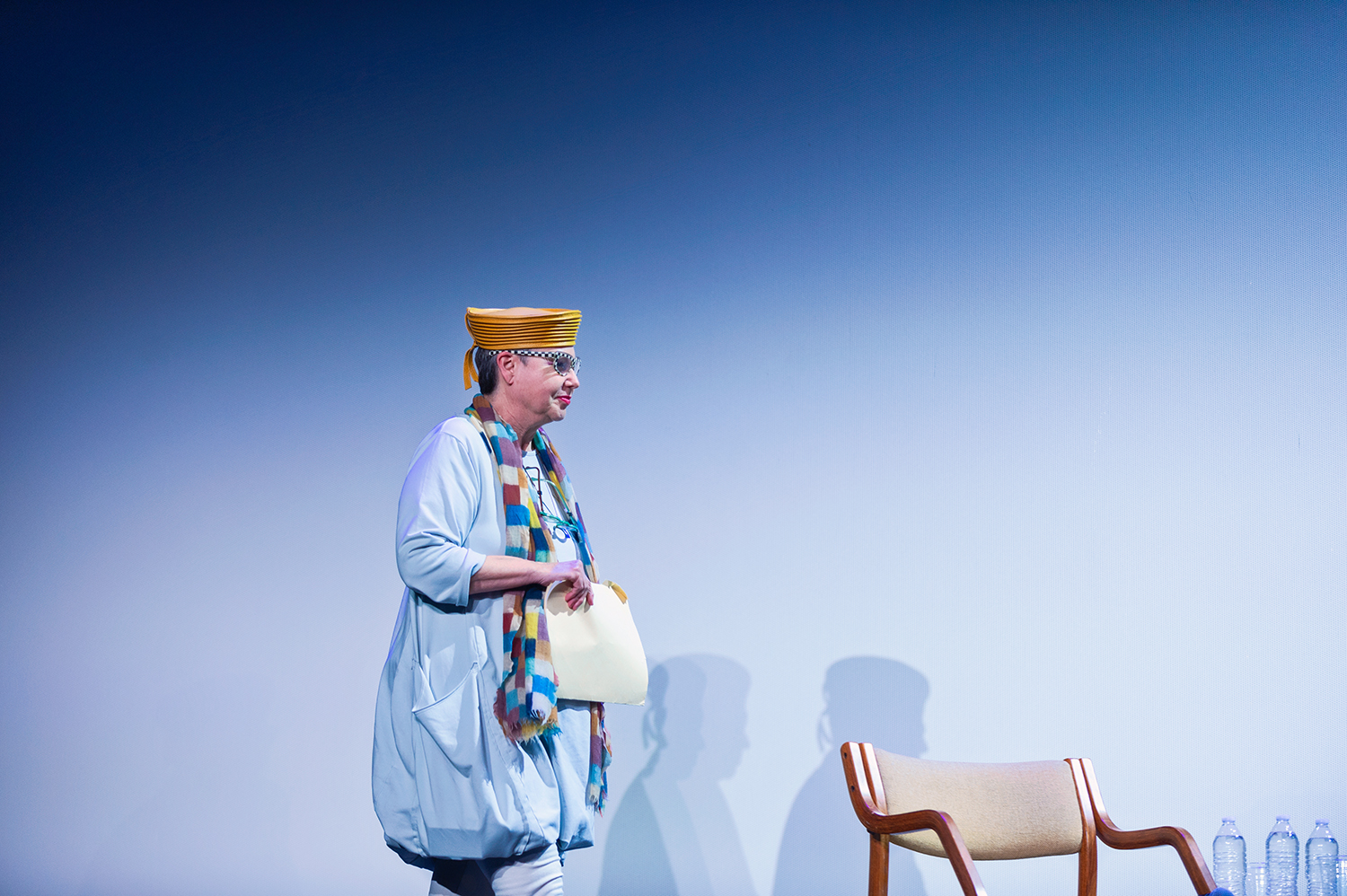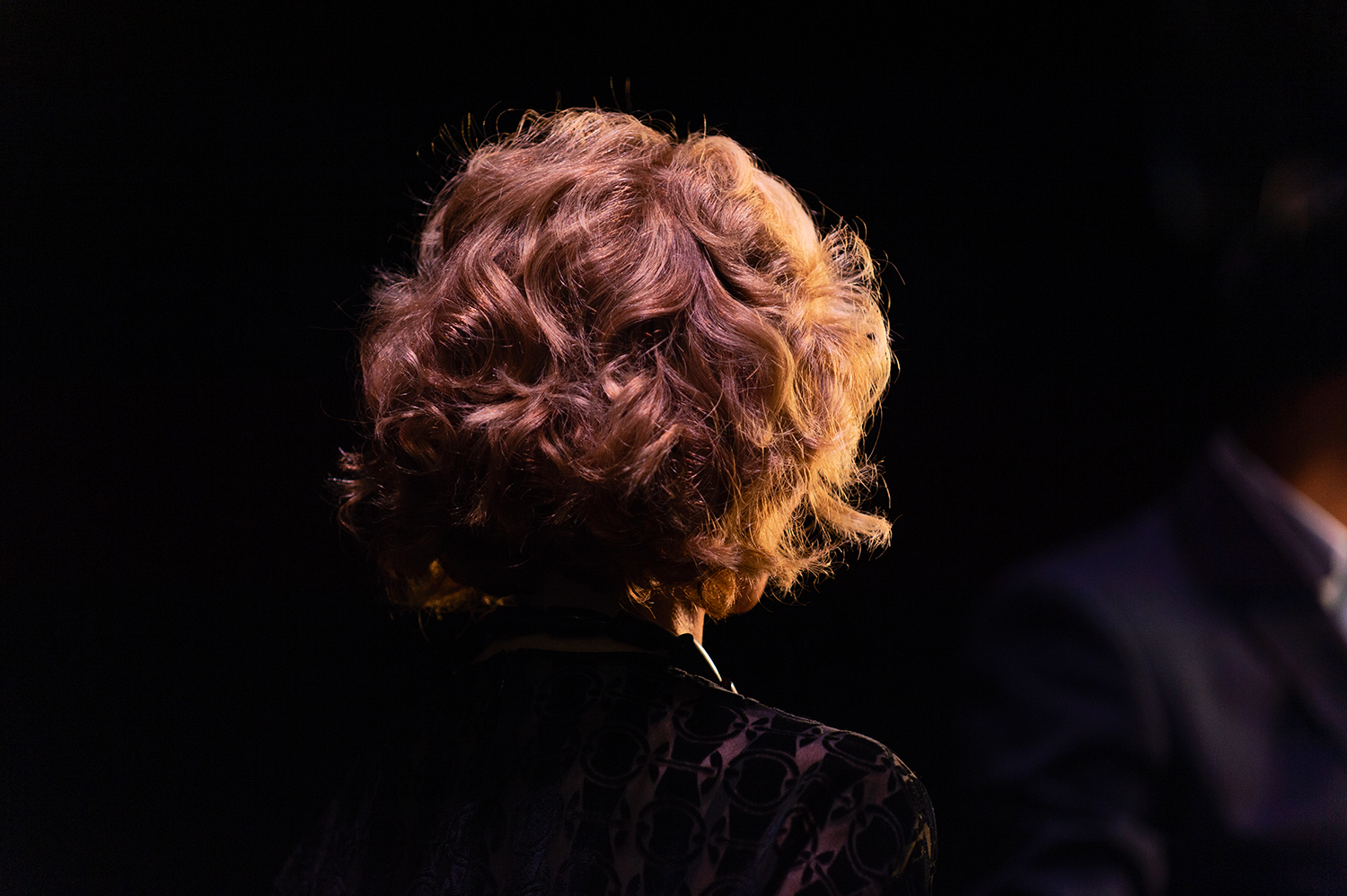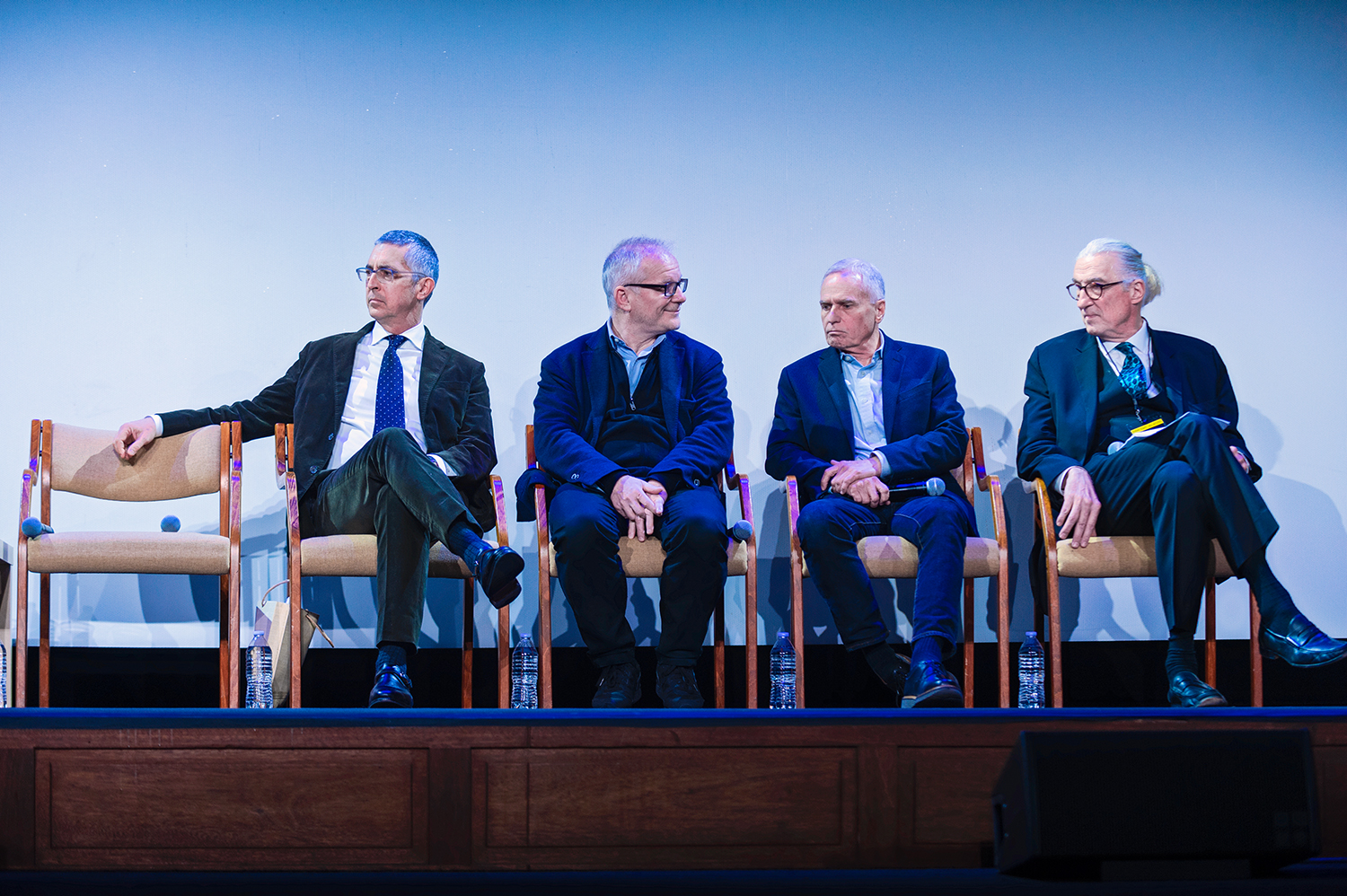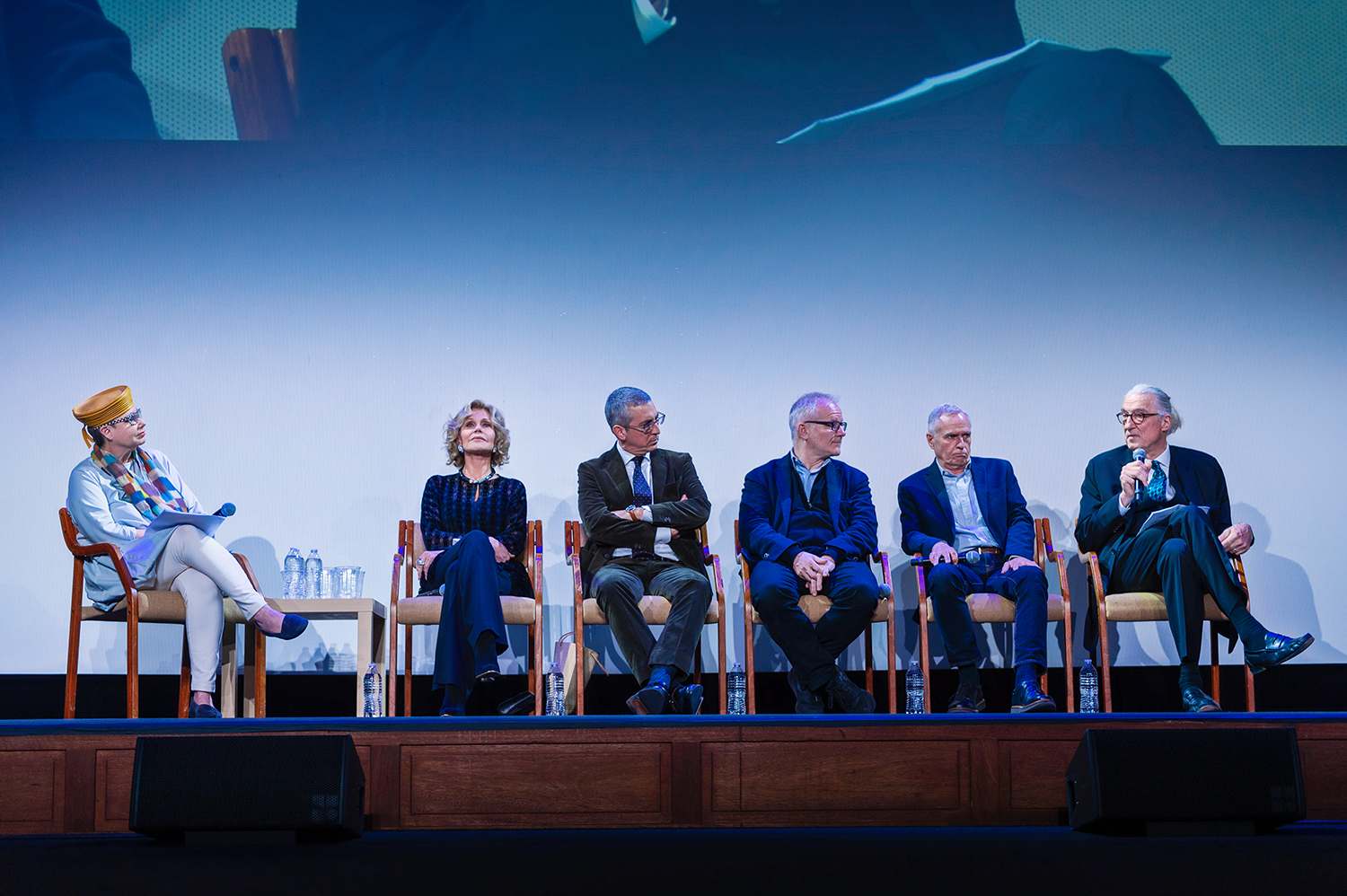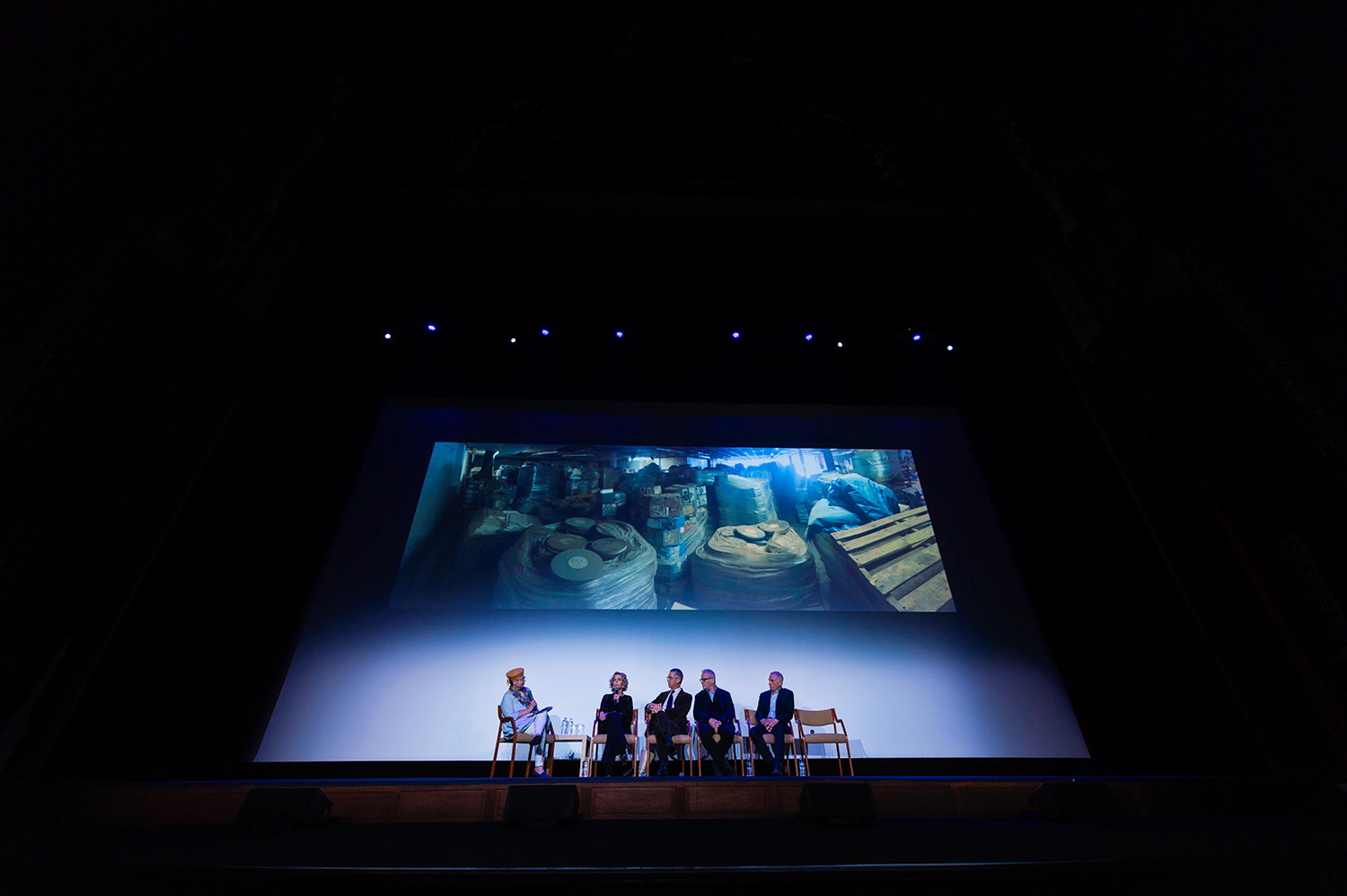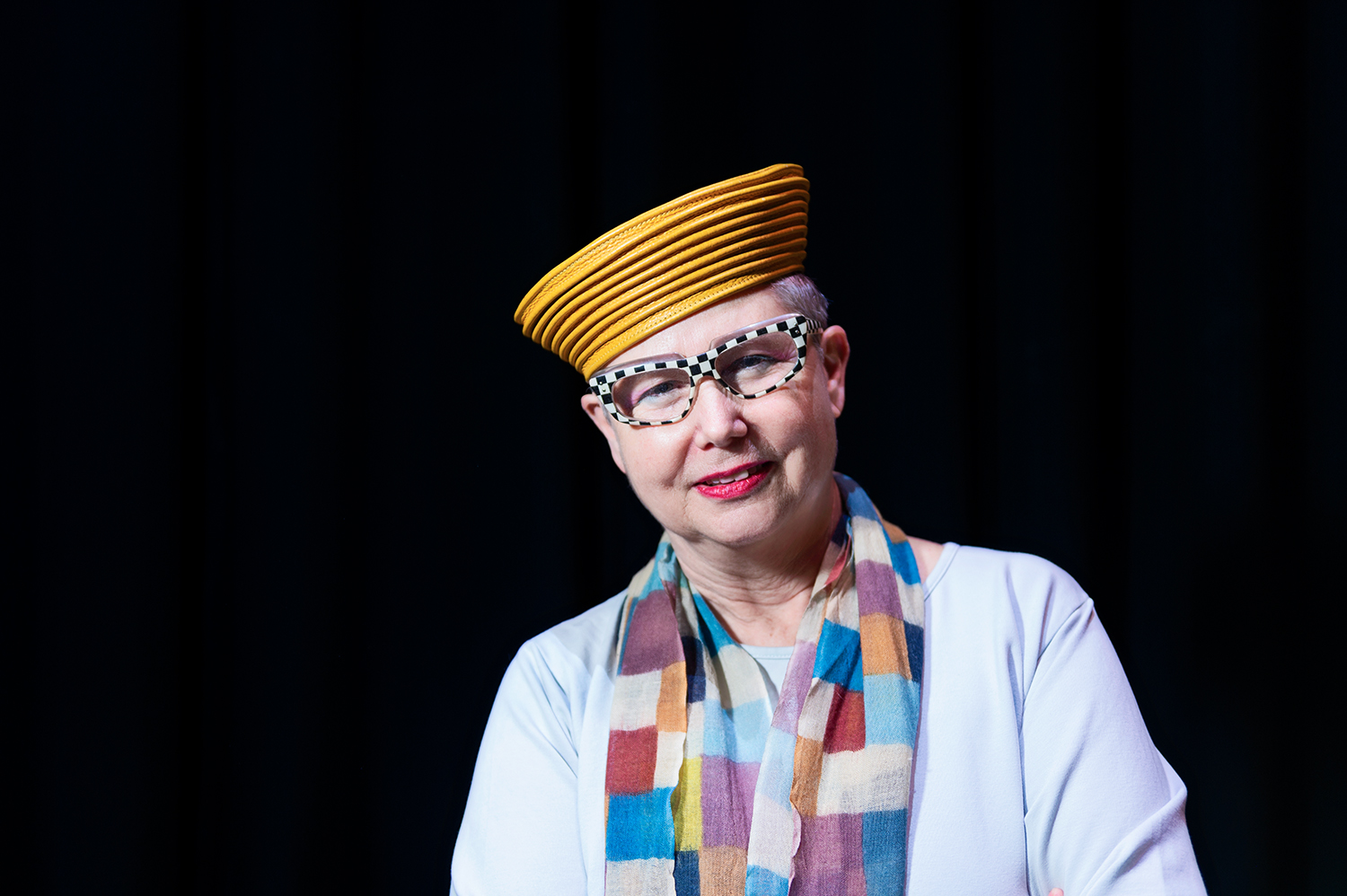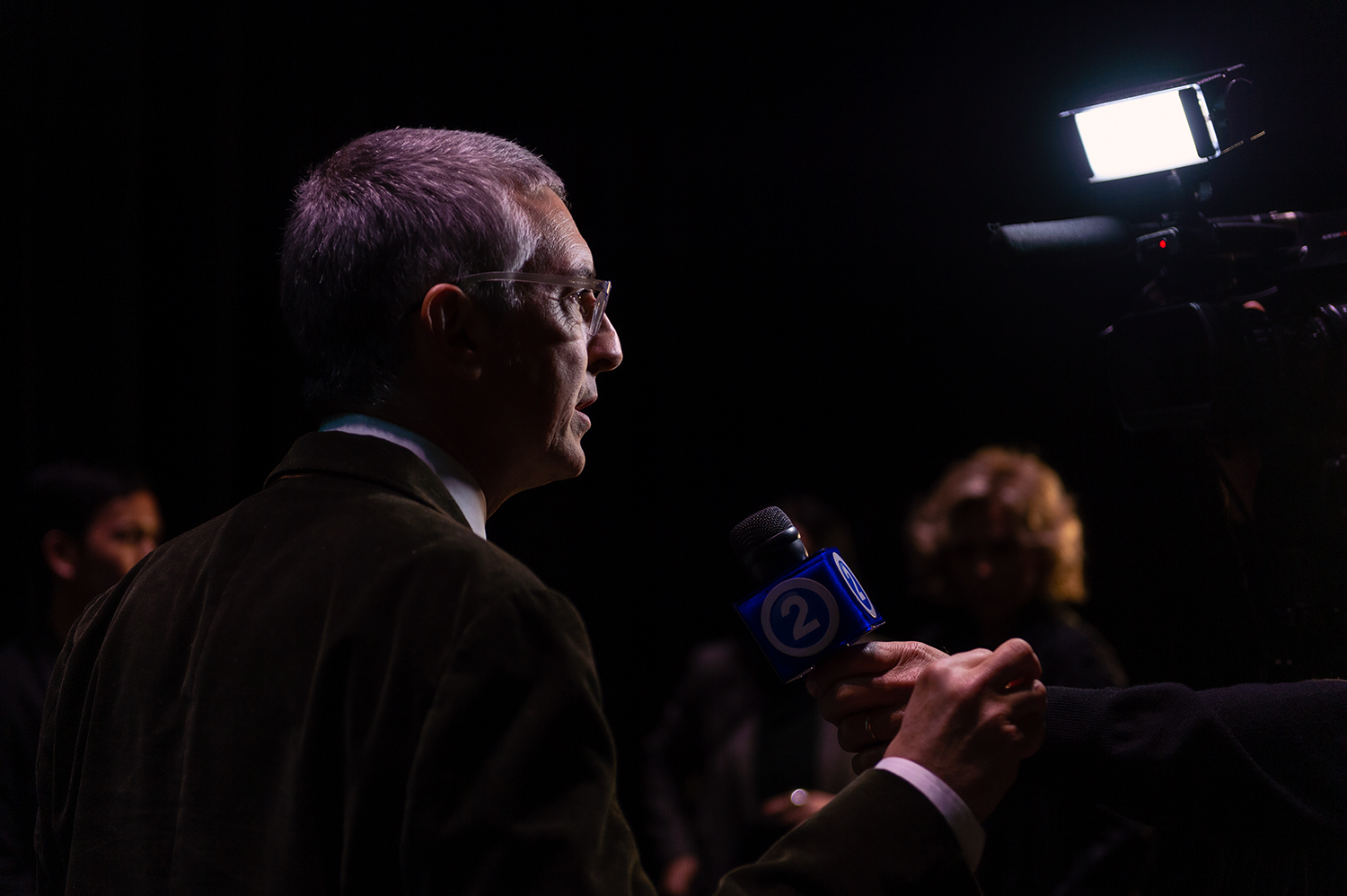Film Restoration Summit
Broadway, DTLA— On Saturday March 10th, at The Theater at Ace Hotel, the Hollywood Foreign Press Association (HFPA), in partnership with Institut Lumiére and Martin Scorsese’s The Film Foundation, presented their first ever HFPA Film Restoration Summit.
The summit’s focus was engaging a conversation which sheds light on the monumental task of saving our world’s cinematic heritage. According to the Library of Congress, only 20 percent of silent films made in the 1910s and 20s survive today. Of the films made before 1950, half have been lost forever to the ravages of time.
Thierry Frémaux, Director of Institut Lumiére as well as Festival de Cannes, began Saturday evening with a thrilling presentation of the institute’s magnificent work in Lyon. Afterwards, a panel discussion was held featuring Jane Fonda, Director Alexander Payne, Thierry Frémaux, Grover Crisp (Sony Pictures EVP of Film Restoration), Jan-Christopher Hiram (Director of UCLA Film and Television Archives) and moderator Sandra Schulberg (founder of IndieCollect, an organization dedicated to the preservation of independent cinema).
For those maybe not as familiar with this subject, film stock is an organic substance that will deteriorate over time if not properly stored and maintained. As studios prolifically pumped out hundreds of thousands of films during the course of the 20th century, the possible ramifications of how film negatives were archived did not take priority. This issue was compounded with studio closures, copyright changes, and in many cases a lack of understanding that films deemed irrelevant for one generation could be priceless to the future.
“Cinema heritage documents the way we lived, shows us the way we felt, captures the dreams we dreamed, and helps us to understand the experiences of times different to us so future filmmakers can be inspired to add to that heritage,” stated HFPA President Meher Tatna in her opening remarks. Since 1996, the HFPA has been a great champion for restoration– dedicating 6.5 million dollars over 125 projects. Among these, Sergio Leone’s masterpiece A Fist Full of Dollars starring Clint Eastwood, which screened for all present Saturday.
Monsieur Frémaux’s presentation of work by French directors, and inventors, Auguste and Louis Lumiére, perfectly expressed the evening’s intent by showcasing the enduring grace and relevance of cinema’s origin. Revered as two of the first filmmakers in history, The Brothers Lumiére created thousands of 50 second short cinemagraphs that captured the beauty and humor of daily life in France throughout the late 1800s.
During a private interview with M. Frémaux we were able to ask:
"Lumiére's divine 50 second movies are so filled with life and technical perfection, to what would you attribute their ability?"
They were experimenting with the act of making film, and one of the best qualities of these films is simplicity, which is advice we can still give to filmmakers. Simplicity doesn’t mean technical simplicity, it means spiritual simplicity, and in 50 seconds for sure. If even with Lumiére we can still learn, imagine how filmmakers today could learn from the entire history of cinema. That’s why this is very important.
“Because it’s universal?”
It’s universal, it’s our own history, and you have to think that maybe one day you will need what you’re not paying attention to in this moment. We are restoring the Lumiére films and we hope that one day people will say, “They did it!” For sure we are fighting for it, we are looking for the money to do it but it’s a labor of love. It’s a privilege even to be in charge of this; so one day, we can give it back to the World as a treasure, which we have to share and not keep for ourselves. It’s not about Cinema history… it’s about the history of the World.
Independent filmmakers are equally engulfed in a fight to preserve their legacy, and in many cases, the situation is critical because financial resources are not as strong as their studio counterparts. Panel moderator Sandra Schulberg, clued us in to an entirely new set of issues surrounding film preservation… the digital negative. “If you have your work on hard-drives,” implored Sandra, “they’re bound to fail you.”
Sandra explains that the best ways to preserve your digital work is to create a master 35mm film negative, which if stored properly in cold storage can be preserved for hundreds of years; and all digital files should be placed on LTOs (Linear Tape Open), which can be stored for more than 60 years. If you’re interested in learning more about digital preservation, or to inquire about their services, visit IndieCollect.org.
Grover Crisp, Sony Executive Vice President of Film Restoration and Asset Management, likewise made it very clear on the panel that all original digital files are to be considered “negatives” and should be protected at all costs. Mr. Crisp confirmed that Sony also makes 35mm negatives of their digital masters.
Jane Fonda has recently joined the fight and found many of her films to be in need of restoration. Among these, FTA (F*** the Army), a 1972 documentary which chronicled true anti-war sentiments from soldiers during the Vietnam War with live entertainment from a famous acting troupe. Jane revealed she’s unable to find the negatives and believes FTA was purchased, possibly destroyed, by pro-war supporters.
“If you’re an independent filmmaker, educate yourself on how to protect your films! Don’t wait as long as I have.”


